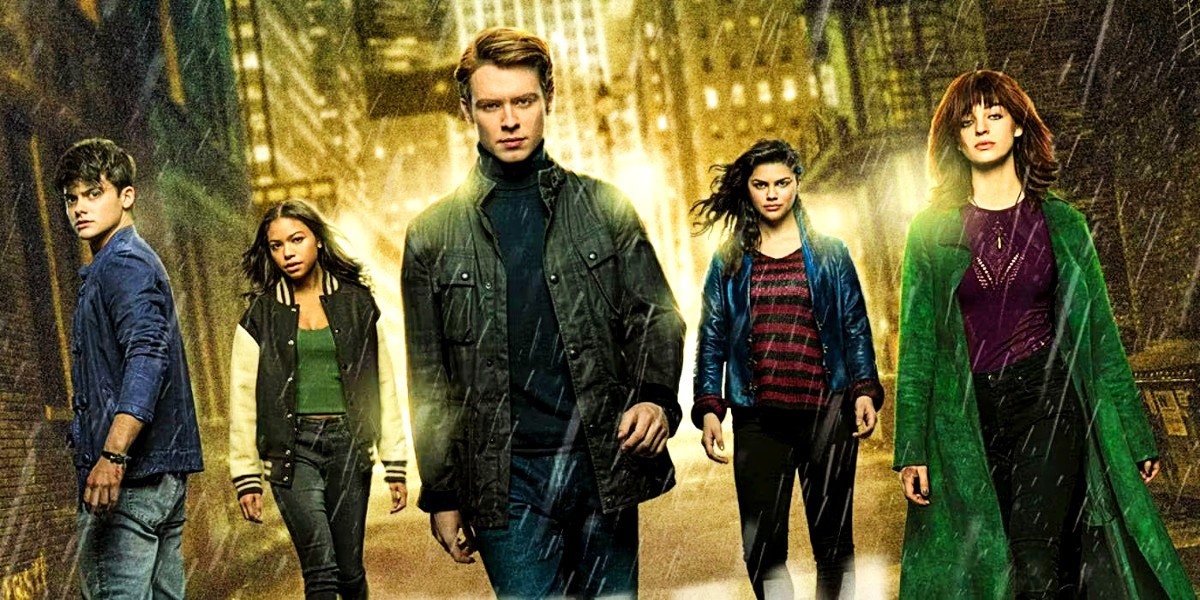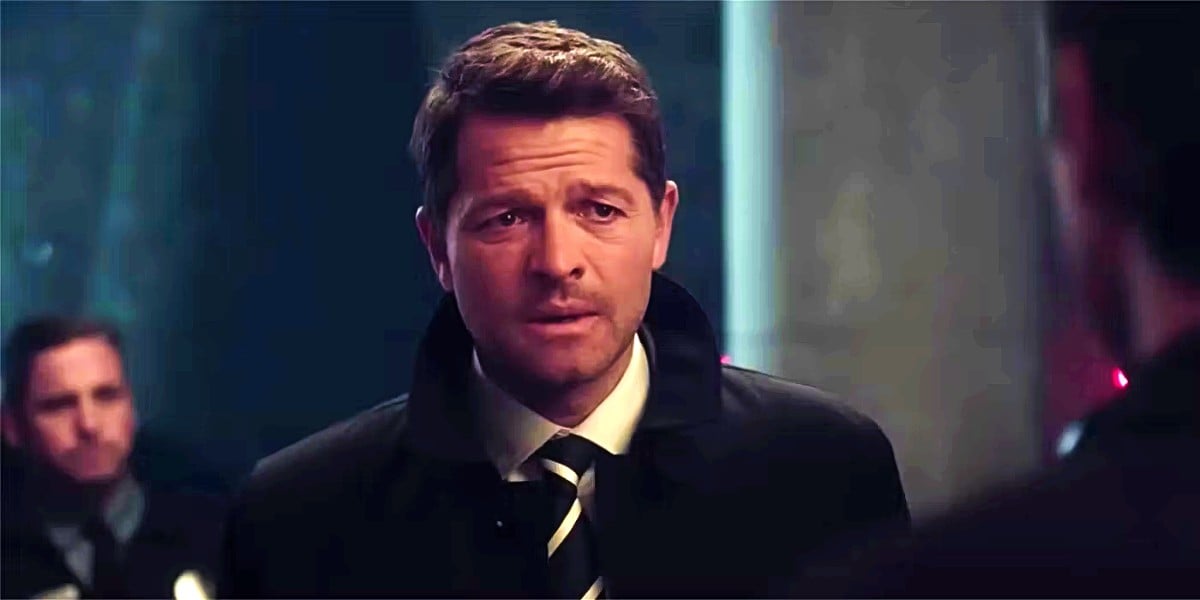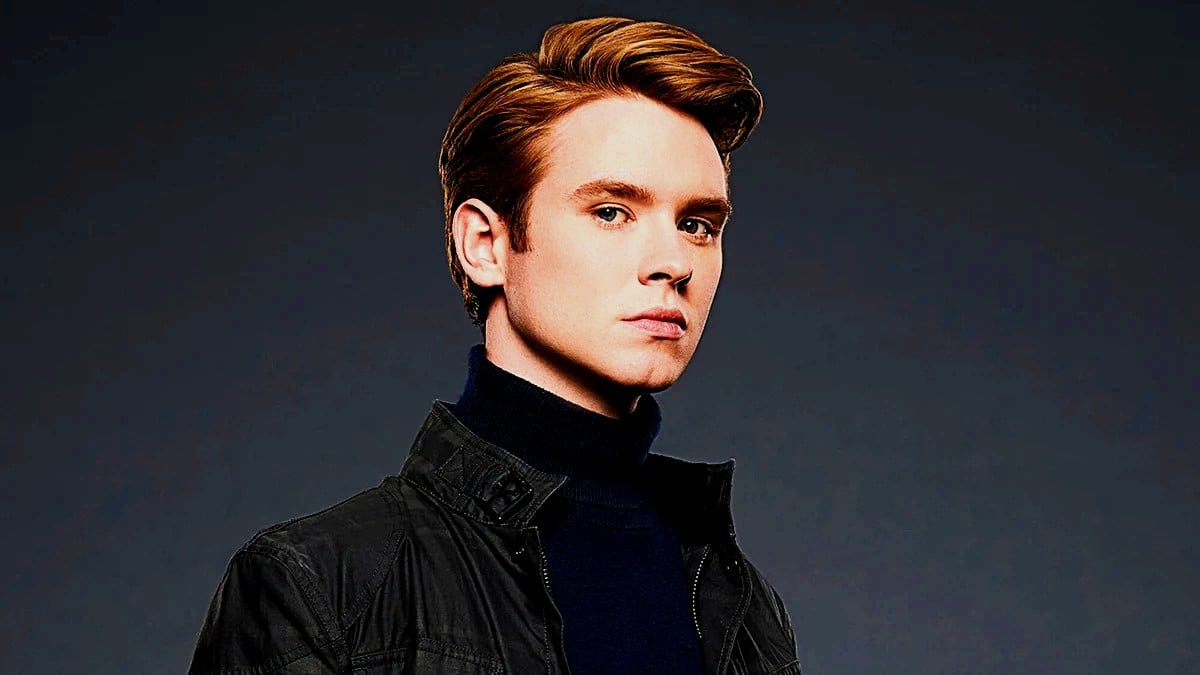Interview: Natalie Bronfman Talks Costumes and Harvey Dent’s Duality in ‘Gotham Knights’

Gotham Knights premiered on the CW on March 14 and brought an entirely new Batman tale to the small screen. The show follows the adopted son of Bruce Wayne/Batman, Turner Hayes (Oscar Morgan), who forms an unlikely alliance with three young runaways when all four are framed for Hayes’ father’s murder. While Hayes is an original character made specifically for the show, Gotham Knights has hearkened back to its comic book origins with characters like Harvey Dent (Misha Collins), Duela (Olivia Rose Keagan), Carrie Kelley (Navia Robinson), Harper Row (Fallon Smythe), and Cullen Row (Tyler DiChiara).
One of the most delightful aspects of the pilot episode was the vibrant costumes. Primetime Emmy-nominated costume designer, Natalie Bronfman, best known for her work on The Handmaid’s Tale and See, designed the costumes for Gotham Knights’ first episode. Whether it is Duela’s costume’s nod to her father, The Joker, or Dent’s suave burgundy jacket, the costumes are delightful and peppered with unique references. I had the opportunity to chat with Bronfman about her work on Gotham Knights episode 1, and she opened up about how she invoked comic book references via color, tackled Hayes’ originality, and threw in some elusive but fun themes into Dent’s costume.
Comic book references and Harvey Dent’s duality in Gotham Knights

The first question I asked Bronfman was how she invoked references to the characters’ comic book counterparts within their costumes. Of course, her main source of inspiration was the rich history of Batman, but some modernization was still necessary.
She stated, “So, for me, it was a whole education. I went right back to the very beginning of Batman. To update the costumes, basically, what I tried to do is incorporate all the colors and the specific things, like Harvey’s duality, where I played a little bit with tonality, and I updated the costumes in the sense that they were more modern-looking in shapes. Specifically, Cullen and Harper, for example, because these are kids that sort of lived on the streets, they would be finding things that were a little bit more modern in shape from recent history, as opposed to things that they would have found when we first saw them in the comic books. With Harvey, I played a little bit more with the tailoring, updating his shapes. And we created a burgundy-colored coat, which, in a lot of societies, means money. So, it’s a very subtle play on color. And with Duela, it was the Joker’s colors that we incorporated. And then she got this really cool coat when we first saw her, which would have been something that she would have nicked from Barney’s or Bergdorf Goodman or something.”
Dent has a particularly rich history in the comics to adapt to the live screen, considering his alter-ego is the villain Two-Face. In Gotham Knights, Dent is still a respected district attorney and shows no signs of actually being Two-Face just yet. However, at the center of Dent/Two-Face is the concept of duality and a constant war between good and evil. Hence, Bronfman mentioned she had particular fun working on his costume and referencing these themes.
She said, “Harvey Dent was a hoot to build for. I did a lot of little subtle things that maybe we wouldn’t have ever seen on camera, but it was more for the actor. For example, in the suits that we built, the linings had different colors or different shades of blue. One side was darker and one was lighter. And his shoes had two different color toe caps. So we did green and red, which in the color wheel, they fight each other, which is sort of what his personality is. He fights within himself. I’m not sure if we ever saw them on camera. I don’t think so. But they were more for us and the actor.”
Another character that was fun for Bronfman and audiences was Robinson’s Kelley (a.k.a. Robin). This is the first time this iteration of Robin has ever appeared in live action. As a result, there were so many extra details that could be added to her costume. However, since she’s the secret schoolgirl sidekick of Batman, she only has so many resources available, meaning she’s got a bit of a thrifty DIY Robin costume going on. Bronfman still sneaked some clever references into it, though.
She stated, “Carrie/Robin was a lot of fun because we’re creating a whole new thing, a whole new concept from scratch, essentially. So, we were talking about it in production, and they wanted to approach it with, this is something she would have made herself at home, with the exception of the glasses, which were sort of given to her or bequeathed to her by Batman. So, the glasses had a bit more of a sleeker look. But her actual chest plate and everything kind of would have looked like something she could have made in her own shop, like, in the basement, let’s say. And then I was doing a little play on words. Robin—Bird. So what we did is the little nicks in the chest, the plate of armor, like the chest piece that she had, would sort of look a little bit like feathers. And then we did an iridescent green color on it. And that was also because you’d find that in birds. So that’s how we kind of played with that. So that was a lot of fun, coming up with all these different things and then incorporating a hood so that you could hide her a little bit so she wouldn’t be seen right away and that she could also be incognito in the streets, that kind of thing.”
Turney Hayes’ originality and the moneyed folks of Gotham

Hayes has been a point of interest and even contention in Gotham Knights. Many were surprised that the show opted to make him an original character instead of one of the iterations of Batman’s adopted/biological children in the comics. When I asked Bronfman if her process for designing Hayes differed from the others because of his newness, she responded that the only real difference was that, instead of approaching her character in terms of comic book references, she decided to dive into his mind for inspiration.
She said, “I was trying to go more into the psychology of it in terms of where did Turner come from and how did he get to be here? So, what would that mean for what he looks like? And usually, that would mean if you come from nothing, like, for example, if he [Batman] pulled him off the streets or out of a very poor environment, and suddenly you’re given riches—there’s always this level of conservativeness, often because you’re afraid that you might fall back into that. So, his looks were very, again, conservative: turtlenecks, simple shapes, and colors were not brash at all. Also, he always tried to underplay a little bit that he was the adoptive son of Batman. So, he had to sort of fly below the line. In other words, he didn’t want to stick out. So, that’s sort of where I went with him in psychology.”
Another factor that differentiates the characters in Gotham Knights is wealth and class. There are wealthy members of Gotham PD like DA Dent, and Hayes is the son of a billionaire and seems to attend a snazzy prep school. Hence, some characters’ wealth and privilege, or lack of it, are reflected in their dress habits.
Bronfman told me, “The biggest marker for that would be Carrie because she’s attending this school that she probably was on a scholarship, I would say. Probably outside of the school, she wouldn’t see moneyed people that much. She’d see them, obviously on the street or… at school. And in terms of adults, she would have her teachers to sort of look up to. And so we styled her a little bit for the funeral. It was sort of a very conservative dress and coat, which is something perhaps her teachers might wear. And the dress that she had underneath was a little bit youthful, so it was maybe a little bit out of sync with what the sleek stylings of the others would be. So that’s sort of how we indicated it, especially at the party. She was wearing the school jacket, but not dressed up in very expensive clothes like the rest of them. So she belonged, but there was always a little bit of not quite fitting in a little properly at the beginning. I wouldn’t say fitting in properly. Just not being like them. Most of the rest of the characters are very moneyed. So Stephanie, for example, and Turner. They come from the same sort of economic background. They had a similar styling.”
(featured image: The CW)
Have a tip we should know? [email protected]